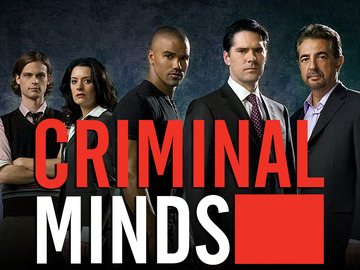 |
| From the AS Field Trip in the fall |
The first use of the word "
gentrification" and phrase "
white flight" was in 1964 and 1967, respectively. These dates are around the times of the Civil Rights Movement and can hinting at the movements strides towards equal hosing opportunities.
Today, in the Chicago land area, neighborhoods can be categorized by race which is often a result of socioeconomic standings. A quote from the excerpt of "The New Jim Crow: Mass Incarceration in the Age of Colorblindness" by Michelle Alexander says
"A new race-neutral language was developed for appealing to old racist sentiments, a language accompanied by a political movement that succeeded in putting the vast majority of black back in their place" (Alexander, 40). The phrase "back in their place" suggests a predetermined place for African-American people in the minds of the majority of the population. Whether this thought is a thought that is subconscious or one that is apparent to the thinker is unknown but racist sentiments are apparent in virtually all areas of society.
 |
| Part of 14th Place |
This is interesting because earlier in the year my American Studies class took a field trip and looked at different neighborhoods in Chicago, which is when I first learned the terms "gentrification" and "white flight". And as I was doing some living this weekend I saw its applications. In many torn down neighborhoods, such as the area around West 14th pl., I saw signs advertising the fact that new buildings were going up and more condos and single family homes were being built. The neighborhood had vacant lots and poor infrastructure but it looked as if it were improving because of the new buildings and families that were moving in. This was a real life example of gentrification to me.
 |
| A changing 14th Place |
However, on the flip side, I also saw neighborhoods, such as Edgewater, which my mom claimed was an upscale neighborhood back in the day. It had theaters with boarded windows and beautifully crafted buildings that had been closed down as well as many closed small businesses with gates over the windows. This was a real life example of white flight to me.
The sounds of the phrase "white flight" even creates a racial system that puts whites on top. I think that Michelle Alexander's message of an ever present racist sentiment is very apparent in the neighborhoods of Chicago, which suggests that the African-Americans have "their place" in the city which is far from the suburbs of Chicago. Although most of us would like to believe that racism has been defeated on literally all fronts and that it only exists in the minds of racists, there is evidence of segregation and racism in virtually all areas of our society.
What are some other areas where racism can be seen?






